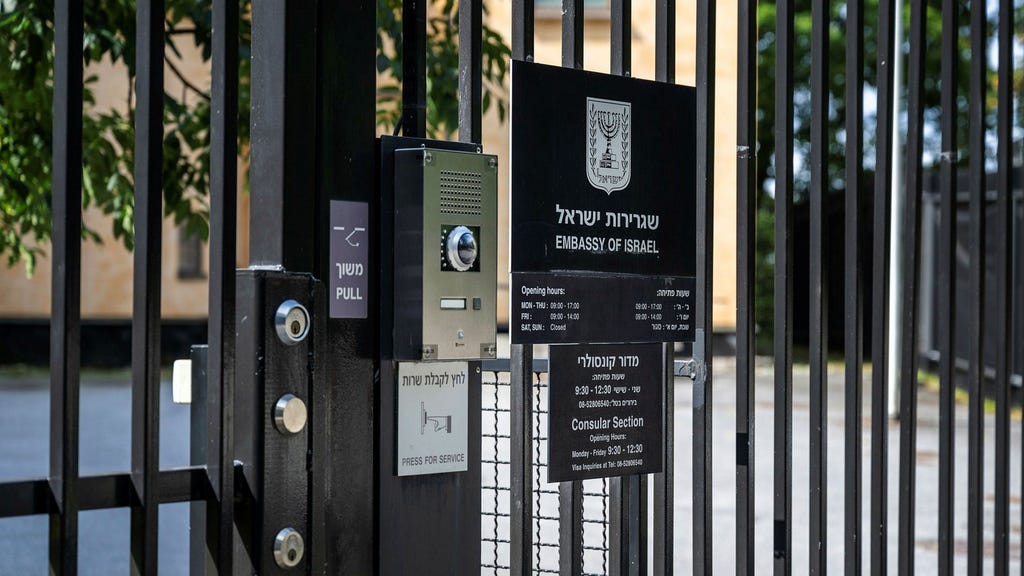In May, investigations have arisen regarding serious firearms offenses linked to three notable incidents. In two instances, young individuals were intercepted while attempting to approach the Israeli embassy, while in a third case, a 14-year-old was apprehended following a shooting that transpired in proximity to the embassy. Authorities have identified over ten individuals as potential suspects in these events, yet only one has been convicted so far: a 15-year-old caught in possession of a loaded firearm while en route to the embassy in a taxi.
According to prosecutor Rasmus Öman, evidence has also surfaced implicating two other 14-year-olds, who are unfortunately too young to be prosecuted under current laws. The investigations suggest the existence of masterminds behind the activities who remain unidentified at this stage. Öman indicated that there are individuals who appear to have orchestrated these actions, as evidenced by communications found in chat app discussions that detailed assignments and financial transactions related to the shootings.
For instance, one individual allegedly assigned a task via chat, while another facilitated payment—a sum of 80,000 kronor— to the 14-year-old directly involved in the shooting incident near the embassy. The complexity of the case has drawn international attention, especially considering the involvement of external intelligence services in analyzing the motivations behind such violent actions. The Israeli intelligence agency, Mossad, has categorized the shooting as a contract killing that was ordered by Iranian sources, allegedly executed by criminal gangs operating within Sweden.
The investigations focus not only on the shooters themselves but also on the larger network that may support and fund these activities. The revelations of significant sums of money being provided for the shootings raise concerns about the extent of organized crime’s infiltration into youth culture and the potential for escalating violence. Legal and social ramifications of these incidents highlight the urgent need for targeted interventions to address the underlying issues of youth crime, gang influence, and financial exploitation.
As authorities continue their probe into the shooting incidents linked to the Israeli embassy, additional attacks related to the embassy are also under investigation, expanding the scope of their inquiry into potential organized crime activities. The connection of young individuals to serious offenses against international diplomatic sites signals a troubling trend that security officials are keen to address. Furthermore, the apprehension of two individuals in connection with the investigation of the embassy shooting showcases the ongoing efforts to dismantle the networks behind the orchestrated violence.
Amidst these developments, discussions regarding appropriate measures to deter youth from engaging in gang-related activities are becoming increasingly relevant. Conversations surrounding preventative initiatives, community engagement, and legal reform are taking center stage as stakeholders seek to create long-term solutions to curtail the cycle of youth involvement in violent crime. Collectively, the situation necessitates a comprehensive approach from various sectors of society, including law enforcement, community organizations, and educational institutions, to turn the tide against youth violence and its ties to larger criminal networks.














